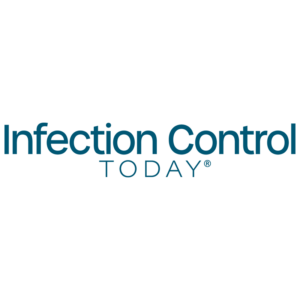Kentucky Derby, SPD race: Leadership lessons energized SPD professionals at HSPA 2025
Editor's Note
A session at the 2025 Healthcare Sterile Processing Association (HSPA) Annual Conference used a striking analogy, comparing the Kentucky Derby to the daily operations of a sterile processing department (SPD) to energize professionals and reframe persistent challenges in the field, Infection Control Today April 27 reports. The article details how speaker Elizabeth Casey, MSN, RN, CNOR, CRCST, CHL, drew powerful leadership lessons from one of the most iconic sporting events in the US.
Casey, senior vice president of operations and chief nursing officer at Surgical Solutions in Overland, Kansas, likened the high-stakes, behind-the-scenes coordination of the Derby to the complex, fast-paced, and often unpredictable environment of SPD. In both settings, success hinges on preparation, teamwork, and the ability to respond rapidly to unforeseen disruptions—whether a trauma case in the OR or sudden weather on race day. According to the article, Casey emphasized that while scheduling tools and daily huddles are helpful, flexibility and real-time adaptability are critical leadership traits.
The metaphor serves as more than a creative hook—it’s a framework for addressing deeper issues plaguing SPD. The article reports that Casey tackled systemic challenges such as staffing shortages, aging equipment, and lack of frontline representation in organizational decision-making. She advocated for elevating SPD voices, investing in updated resources, and recognizing staff contributions in real time to strengthen morale and outcomes.
Casey’s presentation also urged SPD leaders to look beyond healthcare for inspiration. By drawing from industries known for their event management precision—like professional sports—healthcare leaders can rethink workflows, improve staff engagement, and refine crisis response strategies. Ultimately, the Derby comparison is about responsibility and outcomes. Just as race organizers are accountable for the safety of the horses, jockeys, and fans, SPD teams are critical to surgical success and patient safety.
Read More >>

 Free Daily News
Free Daily News